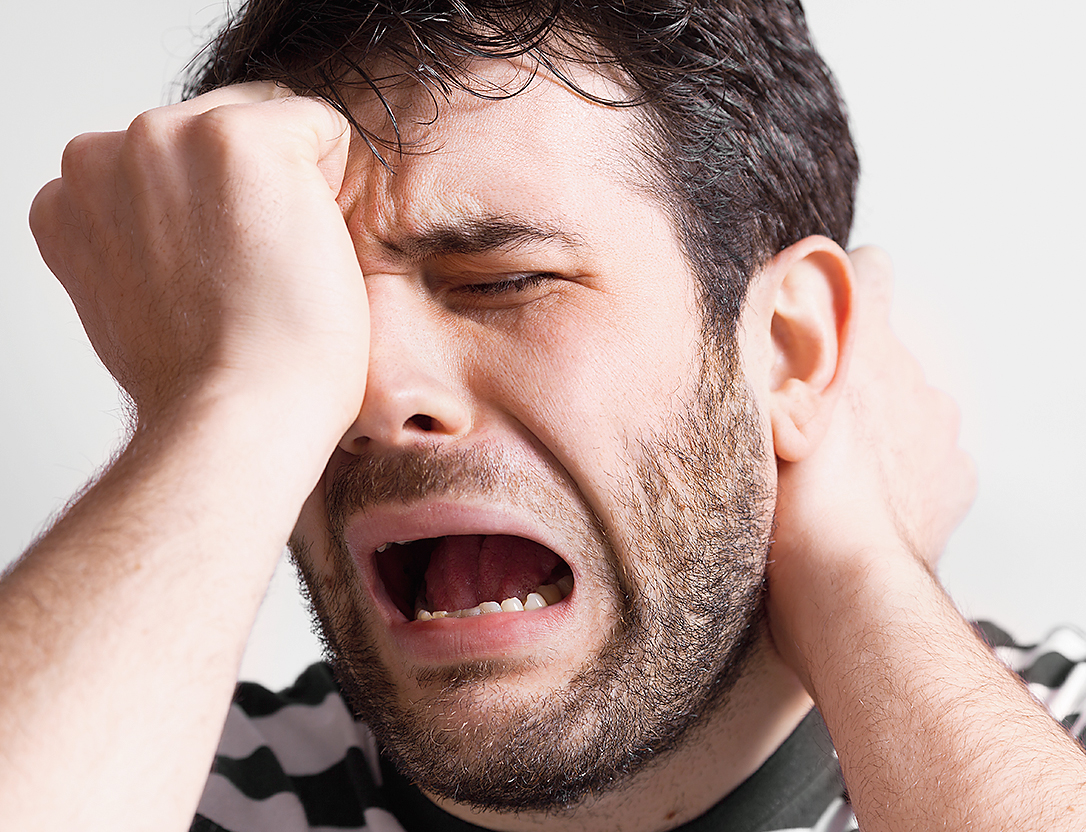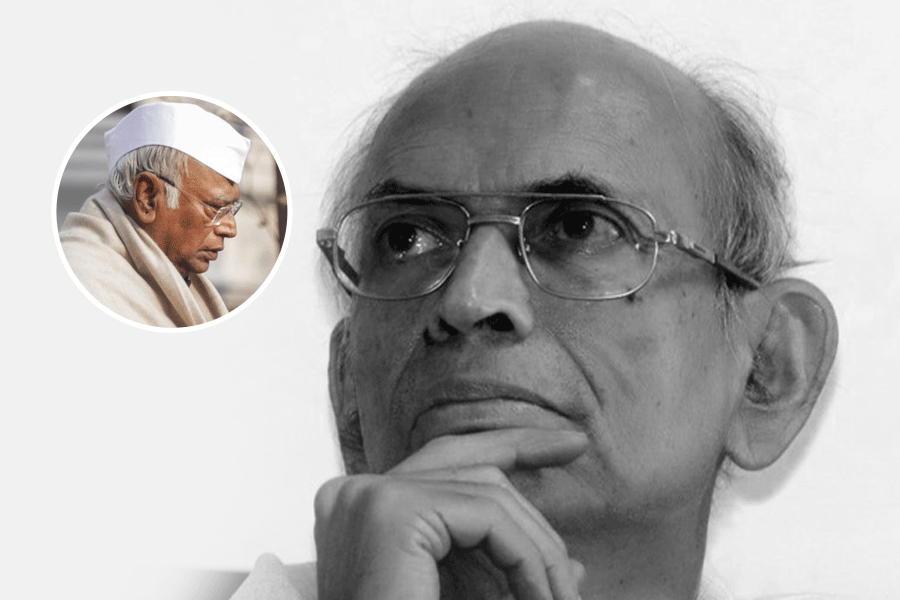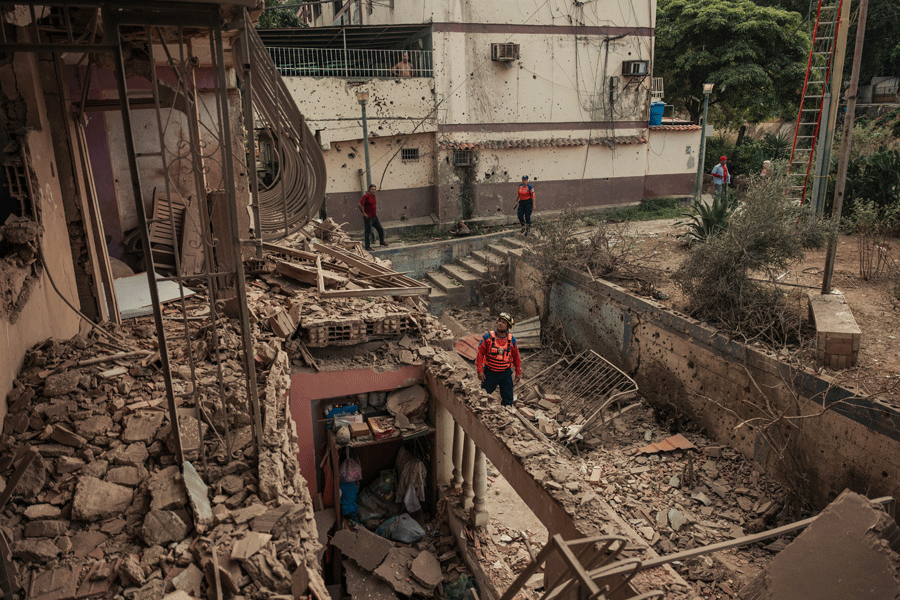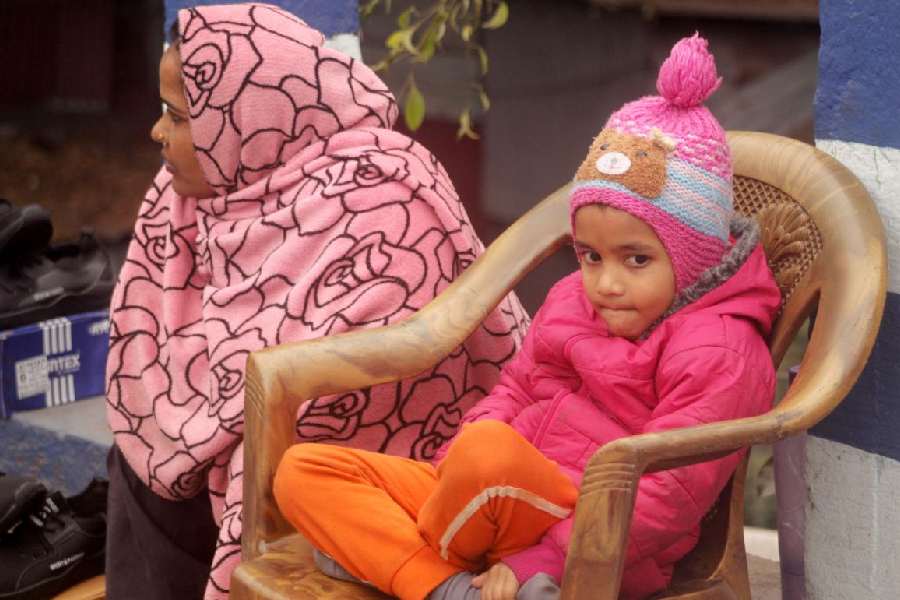Having finished the section of The Book Thief in which (spoiler alert) Rudy dies, I sigh and clutch a photo of Alvin, my missing cat, while Radiohead’s True Love Waits plays softly in the background. Taking a deep breath, I turn on BBC One programme DIY SOS and wait for the tear tsunami. By the time the programme reaches its emotional climax, in which a disabled mother is wheeled around her newly reconfigured home, I am undone. All composure lost, I sob like a baby.
I’m having my own rui-katsu session, which translates from Japanese as “tear-seeking”. It’s supposed to be cathartic, but in truth I feel miserable. And I’m not the only one. As the tumultuous year reaches a dramatic crescendo, emotions are running so high across the nation that even the stiffest upper lip could be forgiven for showing a few wobbles. For those like myself who are unable to hold back the emotional tide, there is good news — according to experts, crying may be good for health.
Rui-katsu originated in Japan, the normally reserved nation with a penchant for quirky cultural trends — think rabbit cafes and vending machines that sell used underwear. In Tokyo’s crying clubs, grown men and women watch tear-jerking videos, listen to sad songs and blub together. The idea is to provide a catharsis for those unable to express emotions fully.
The first crying club was held in Tokyo in 2013 and was organised by businessman Hiroki Terai, who had previously conducted emotional non-legal divorce ceremonies. After watching his clients shed tears and then leave on better terms, he got the idea to start rui-katsu events. “There are many stressed-out men and women who come. They can’t cry at work and they can’t cry at home,” he explains. The one problem he does encounter is finding universally sad material.
The underpinning idea behind rui-katsu sessions, where people can attain a sense of well-being by offloading repressed emotional baggage, has similarities with controversial primal scream therapy. In this intervention, popular in the Sixties, individuals were encouraged to recall and re-enact past experiences that involved repressed anger through spontaneous and unrestrained screams, hysteria or violence.
Dr Premkumar Jeyapaul, a consultant psychiatrist who published a paper on this cult-like therapy in 2012, says that, while it is outdated and would not be appropriate for many, the fundamental idea that expressing emotions can be beneficial does hold some validity in psychotherapy. He explains: “In a sense, there is some overlap between the idea of crying therapy and primal scream therapy, although the latter had much more extreme psychodynamic orientations. Just being able to express your emotions normally is quite beneficial, as is giving people the ability to manage them.”
Crying, it turns out, is a much more complex emotional response that you’d imagine. We’ve all done it as babies to express messages about our needs, but in adulthood it evolves into a nuanced signifier, and the experts are not 100 per cent sure how or why.
We do know that crying is innate. It is the first sound humans make. Primates do it, too. Baby cries are not normally lubricated with tears. Somewhere in later childhood, crying evolves into something more complicated, developing into a visual signifier with the addition of tears, of which there are three types. Continuous tears stop eyes drying up; reflex tears are caused by irritants such as smoke; and emotional tears, whereby psychogenic lacrimations (to give crying its correct medical term) are triggered by feelings and stimuli such as sadness, frustration, anger, relief and beauty.
Scientists have found evidence that emotional tears are chemically different. In addition to the enzymes, lipids, metabolites and electrolytes that make up all tear types, emotional tears contain more protein. One hypothesis is that this makes them more viscous, so they stick to the skin and run down cheeks slowly, making them more visible to others.
Adult crying is perceived differently to baby crying, and the reaction to adult tears depends on several factors, both cultural and individual. In the West, we mainly cry in private, says Dr Sarah Johns, a lecturer in evolutionary anthropology at the University of Kent.
There’s also links between crying and laughter. Both originate in the same area of the brain, and both offer some form of rudimentary release.
After my crying experience, I dry away my tears and try to compose myself. After about 10 minutes, when the chest heaving finally stops, my mood does lighten slightly and I feel my shoulders relax.
I’m not sure I’m quite ready for the whole cry club experience, but perhaps there is something positive in misery after all.










